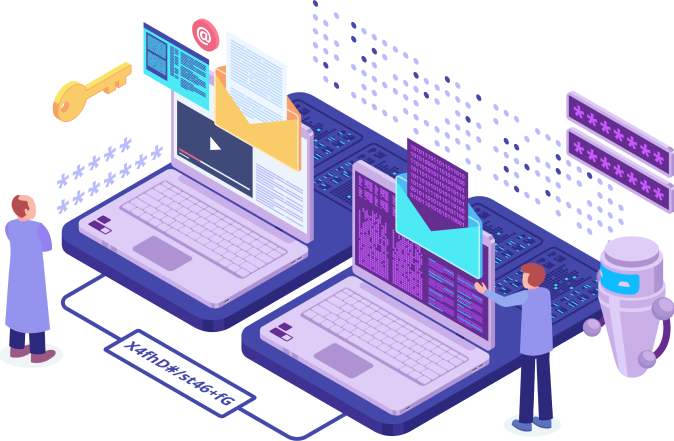Infrastructure Modernization: Transforming IT for the Future
Infrastructure modernization is the process of upgrading IT systems, applications, and networks to leverage cloud computing, automation, and next-generation technologies. It enables businesses to achieve higher performance, scalability, security, and cost efficiency while reducing technical debt.
Key Areas of Infrastructure Modernization
Cloud consulting services help businesses and organizations plan, implement, and optimize cloud solutions tailored to their needs. These services ensure a smooth transition to the cloud, improve efficiency, and enhance security.

Why Modernize Your Infrastructure?










Want to experience our features?Get a free 7-days trial.
Our Essential Plan is designed for small to mid-sized businesses that need strong, reliable cybersecurity without enterprise-level complexity or cost. This plan includes:
our office
- 10 Barr st, Regina,Sk,Canada
- 306-351-4284
- info@unitechcybershield.com
Copyright © 2025 unitechcybershield
Terms and Conditions | Privacy Policy


